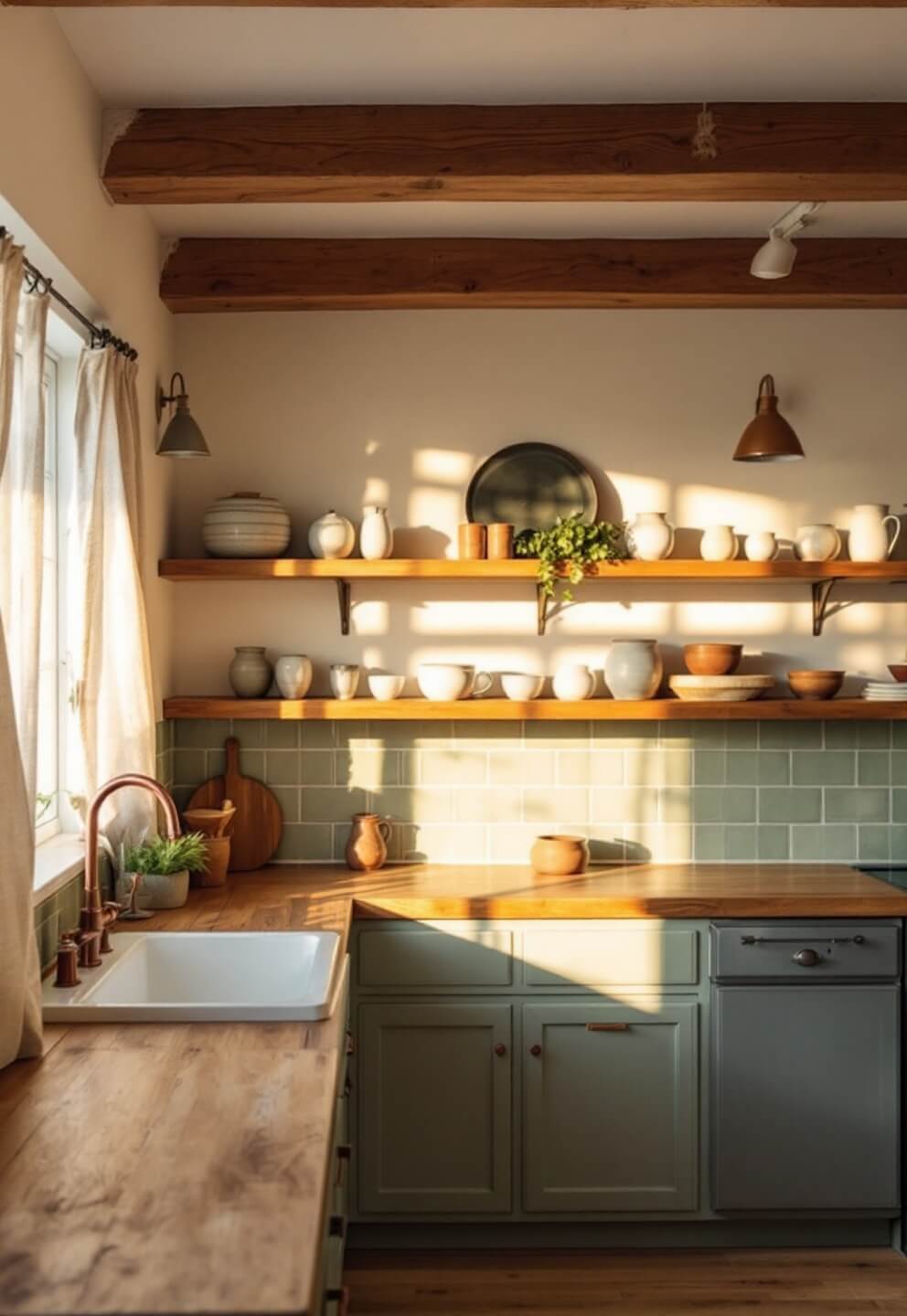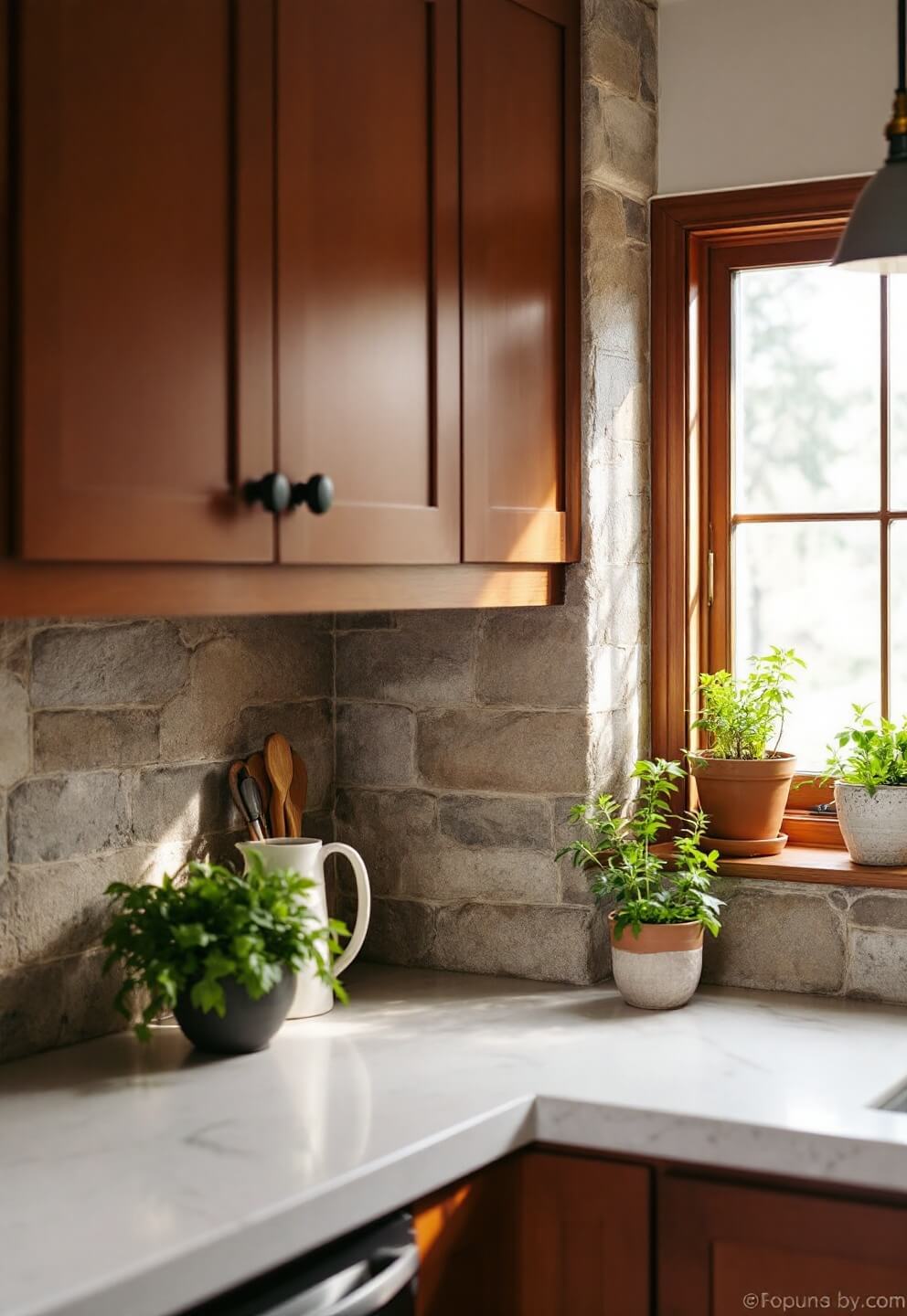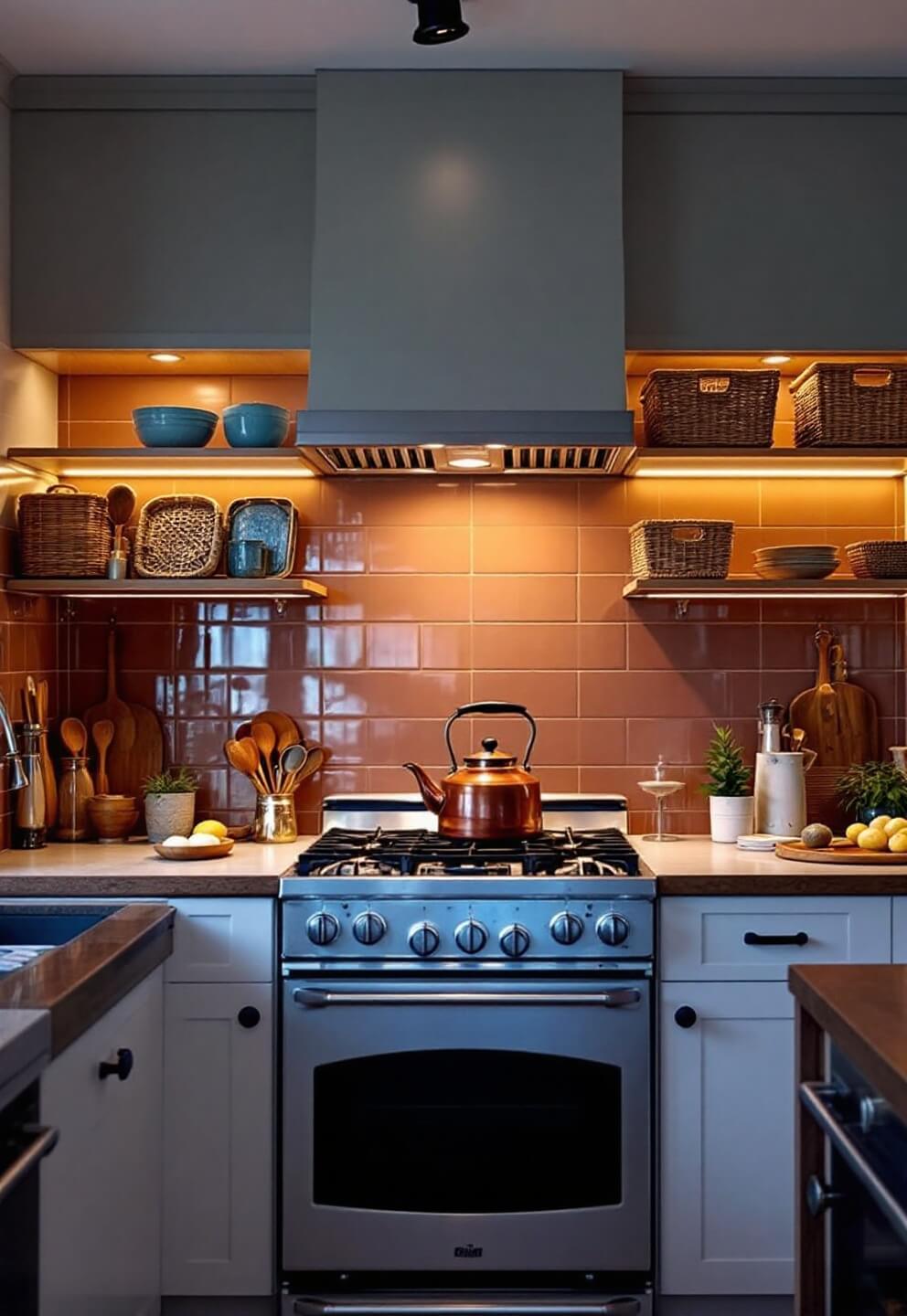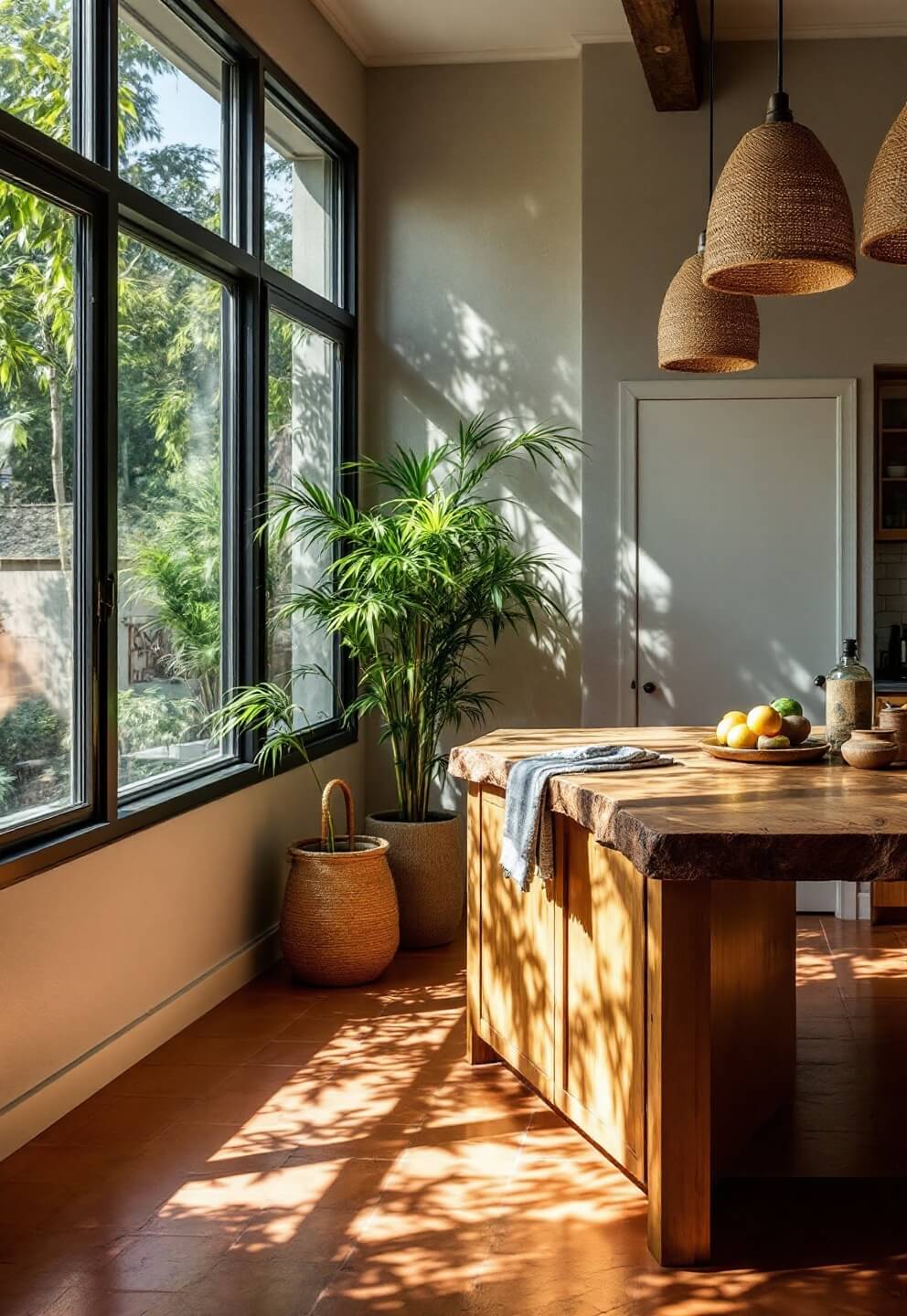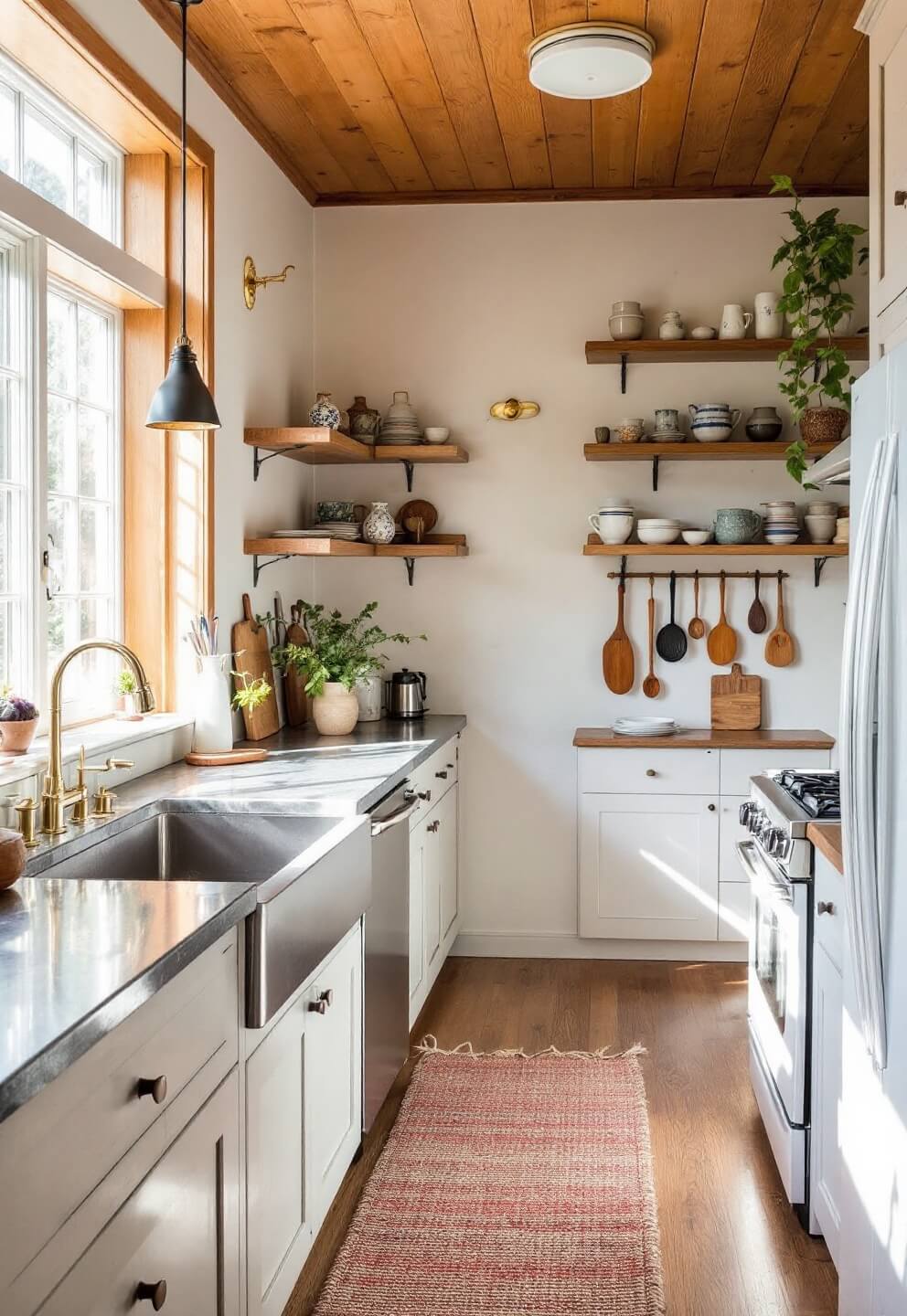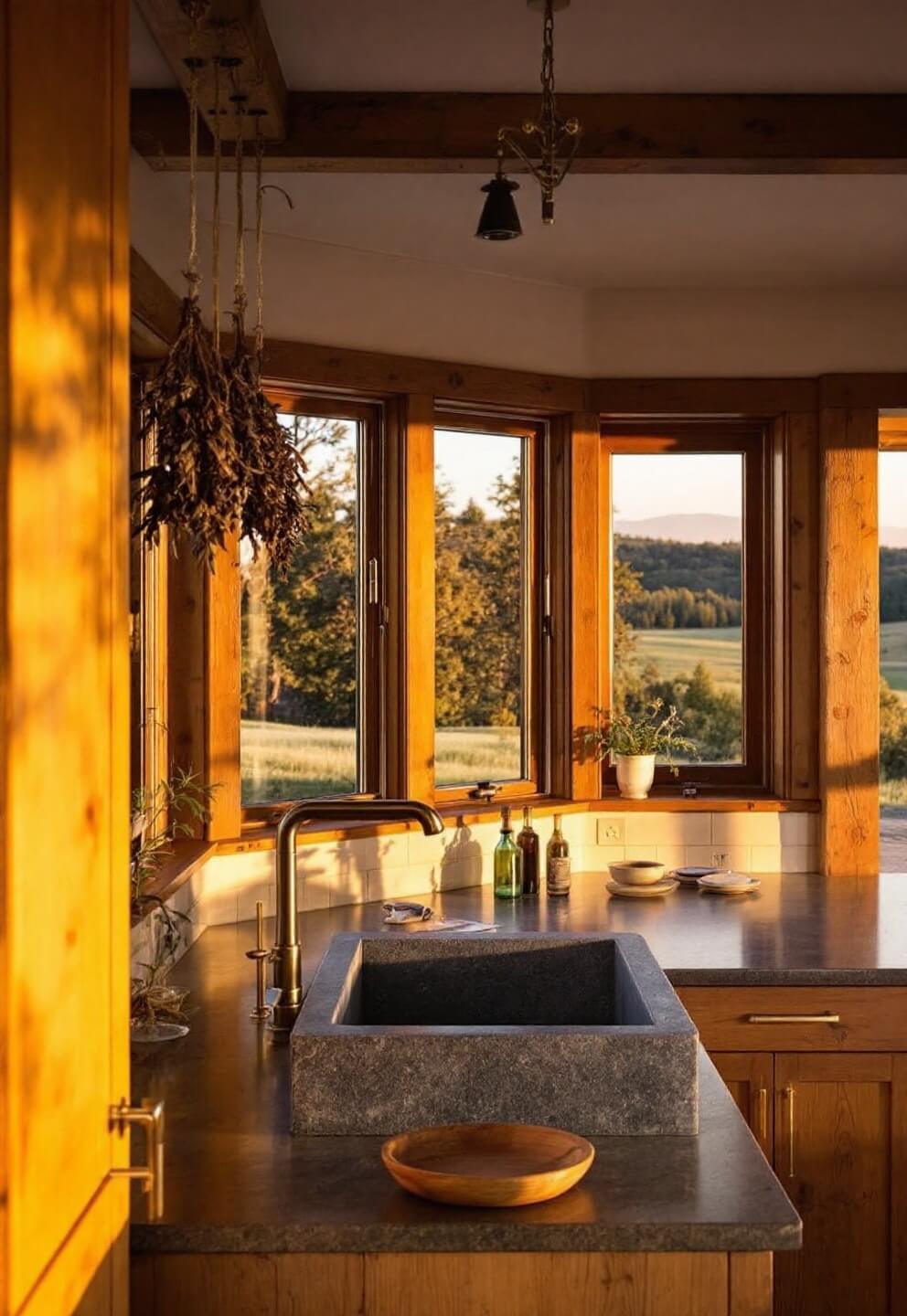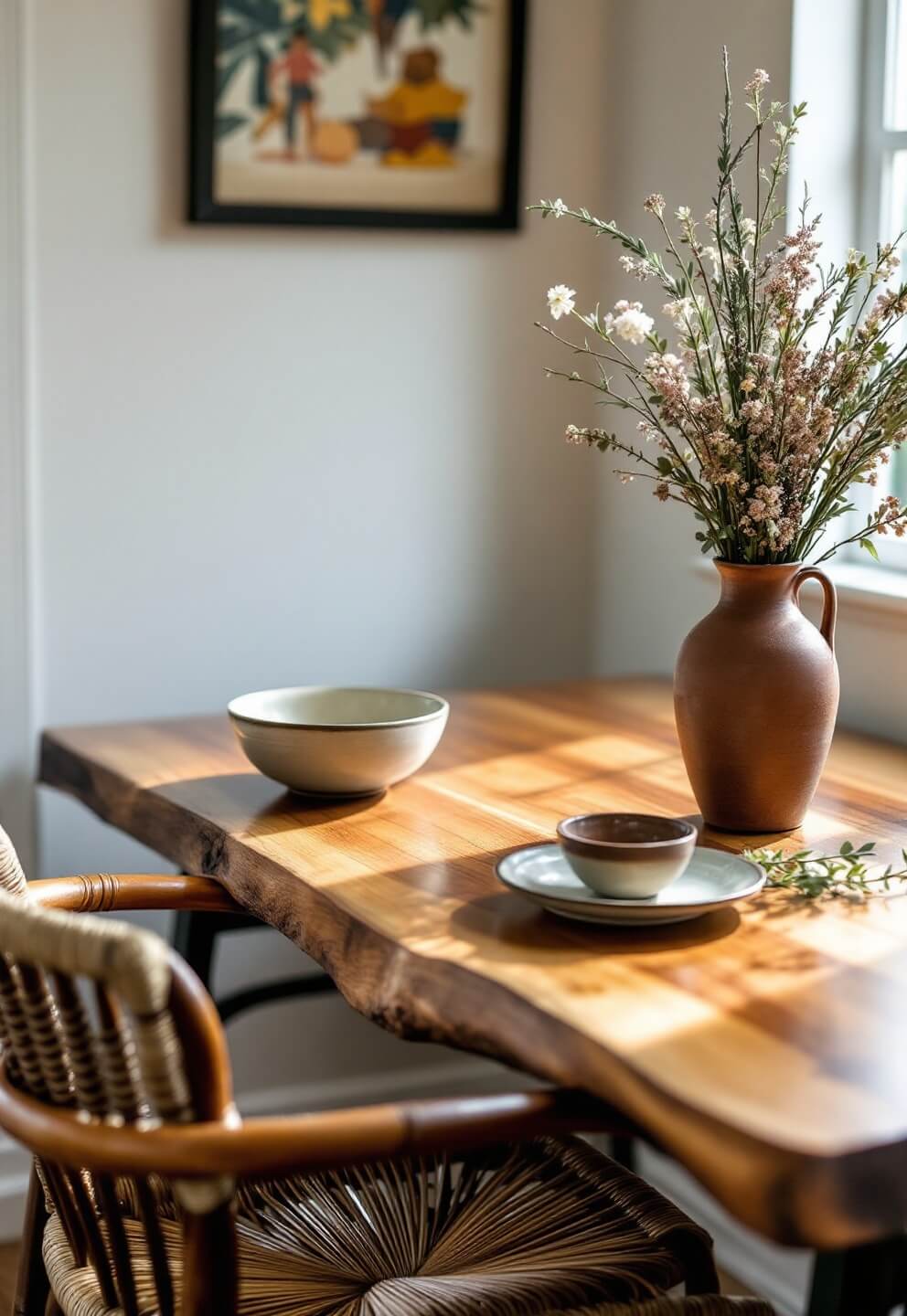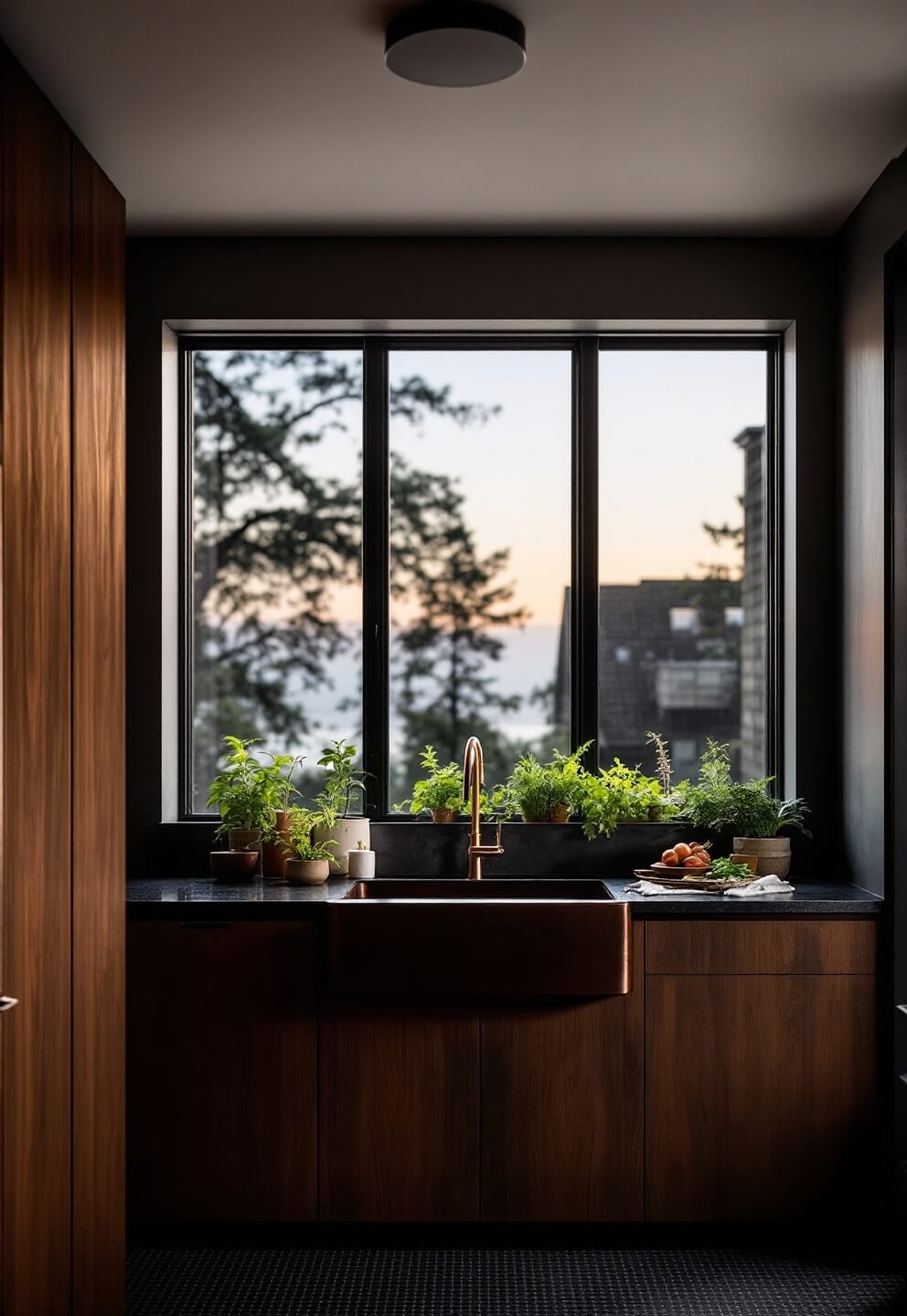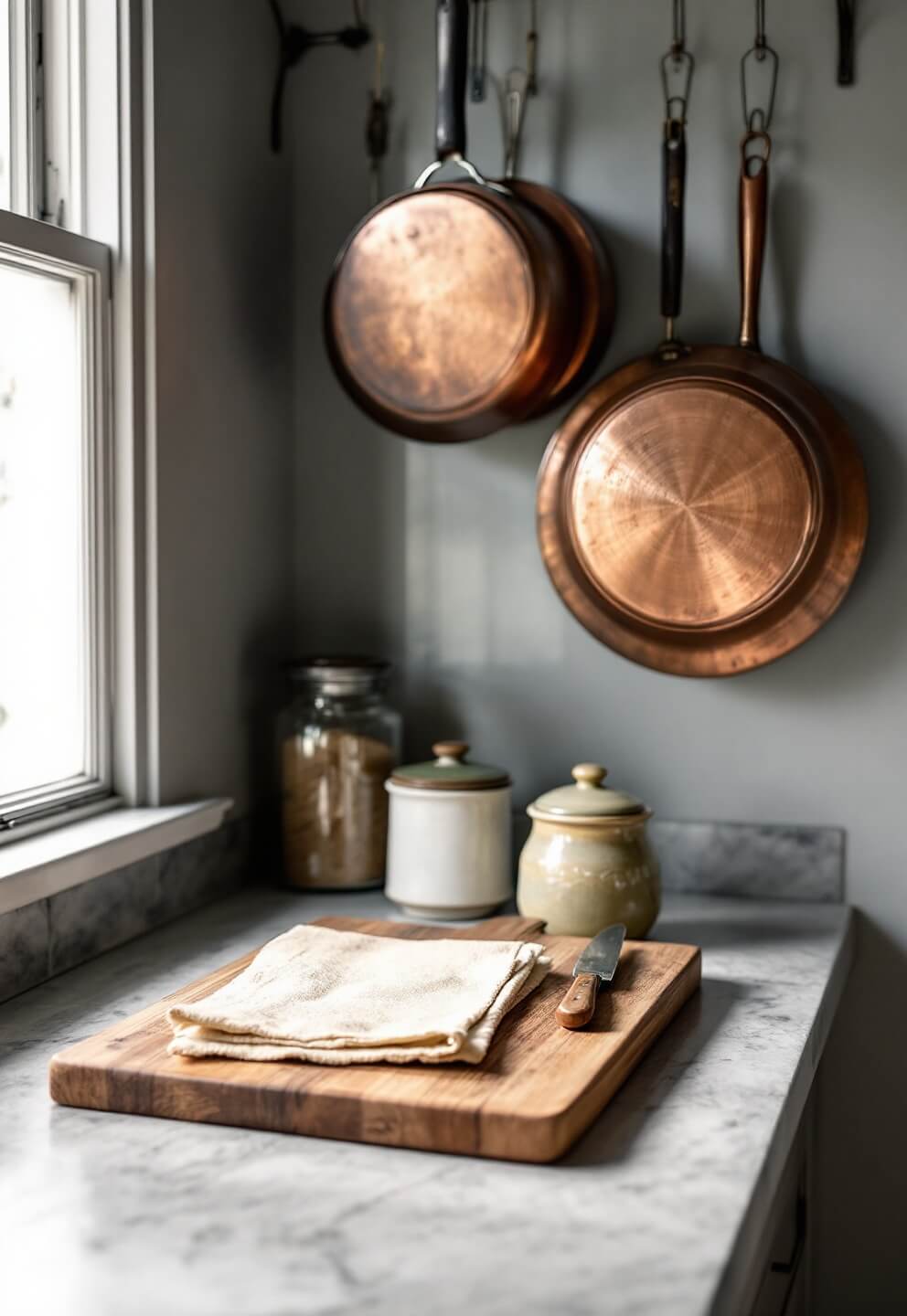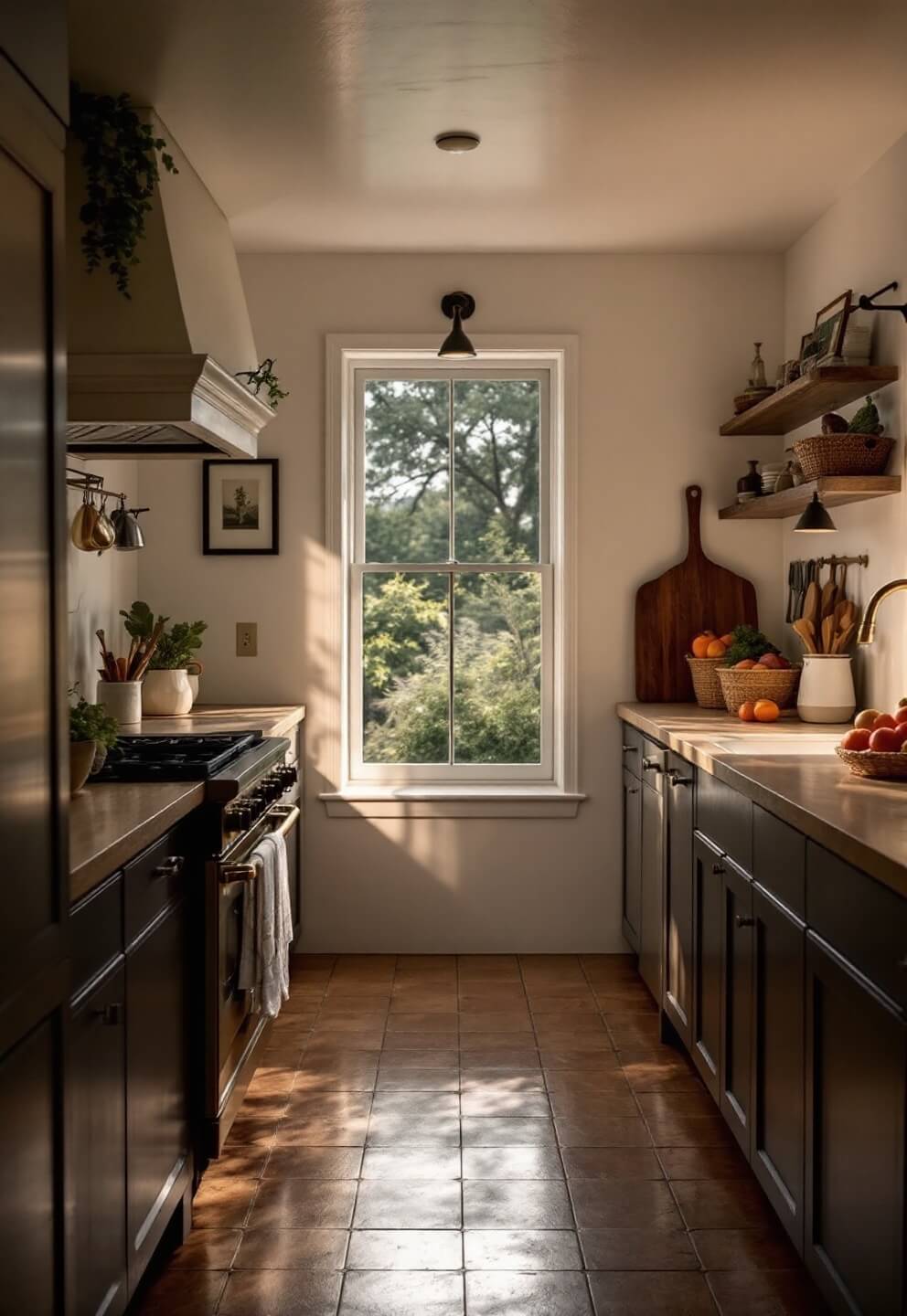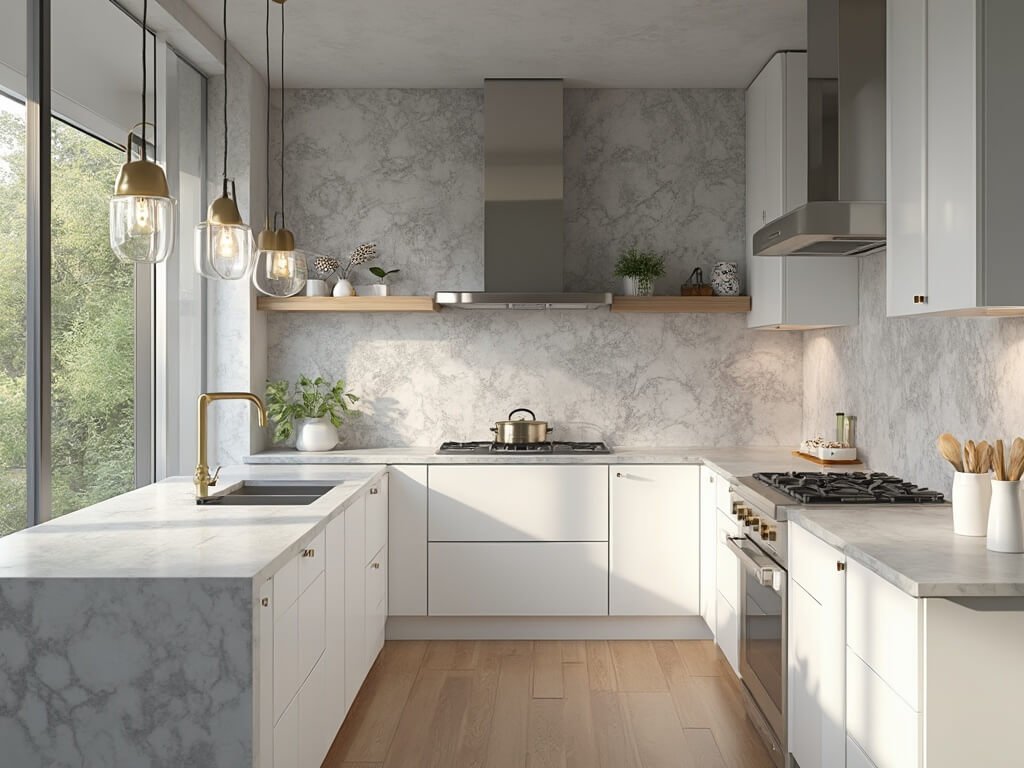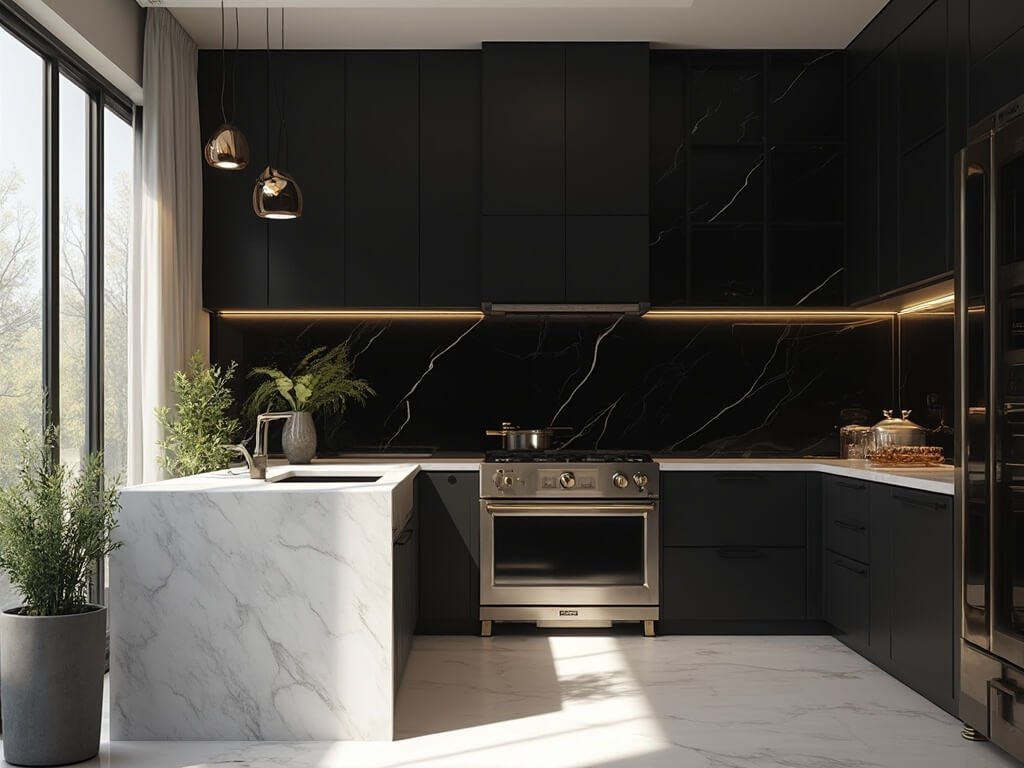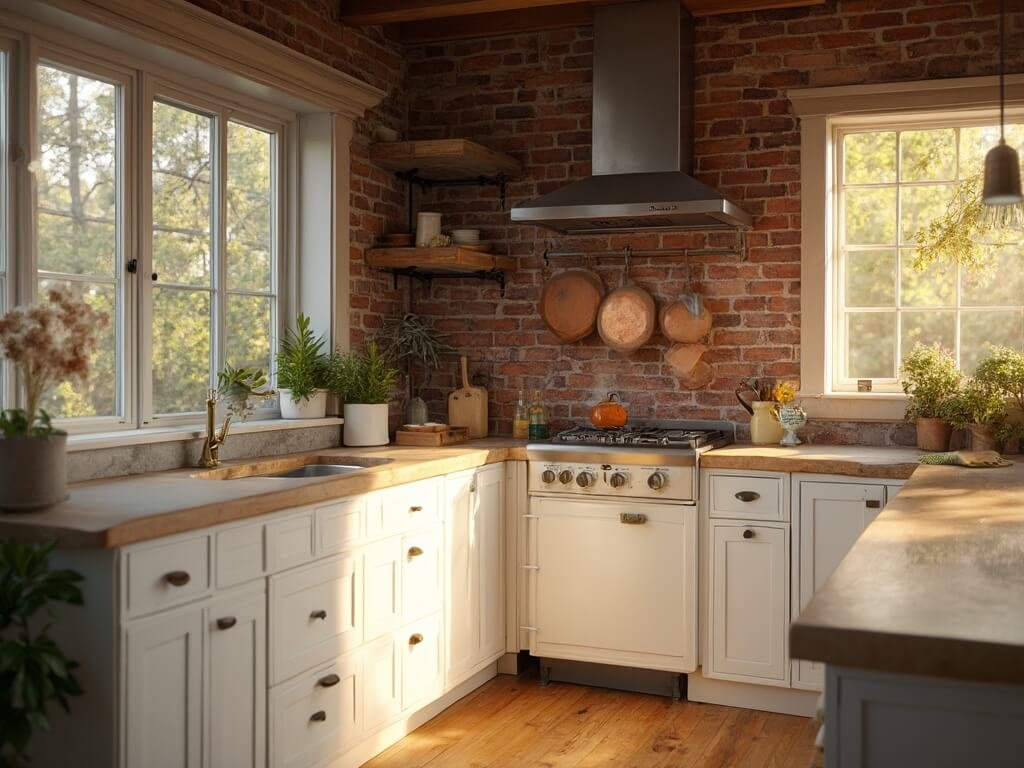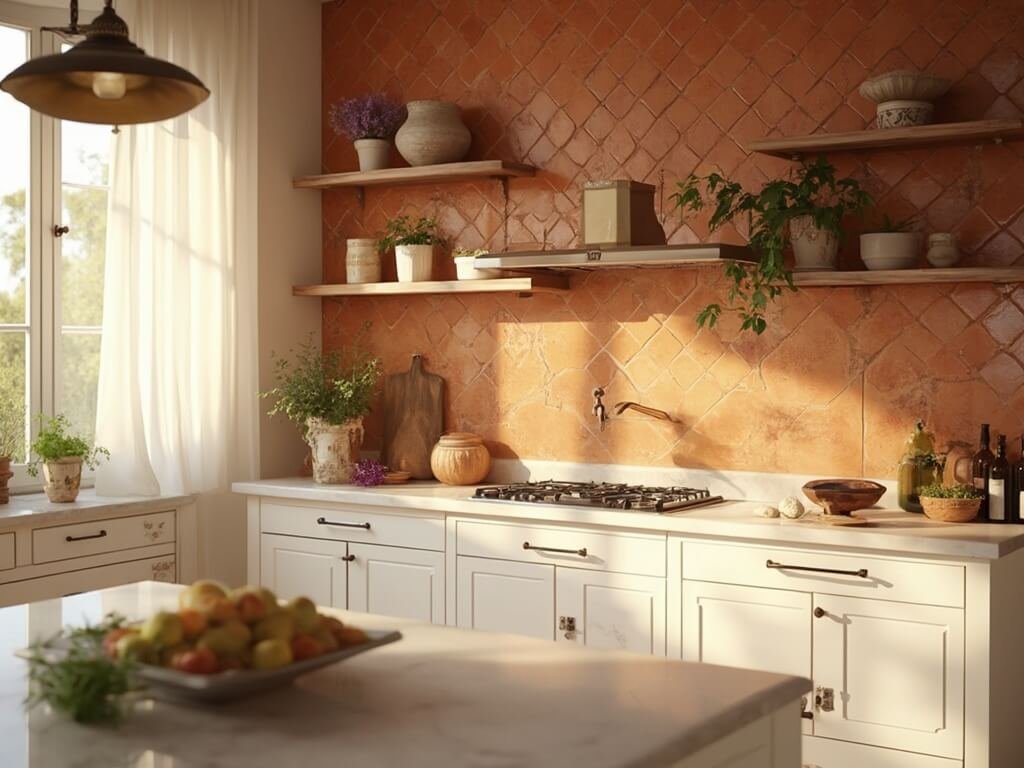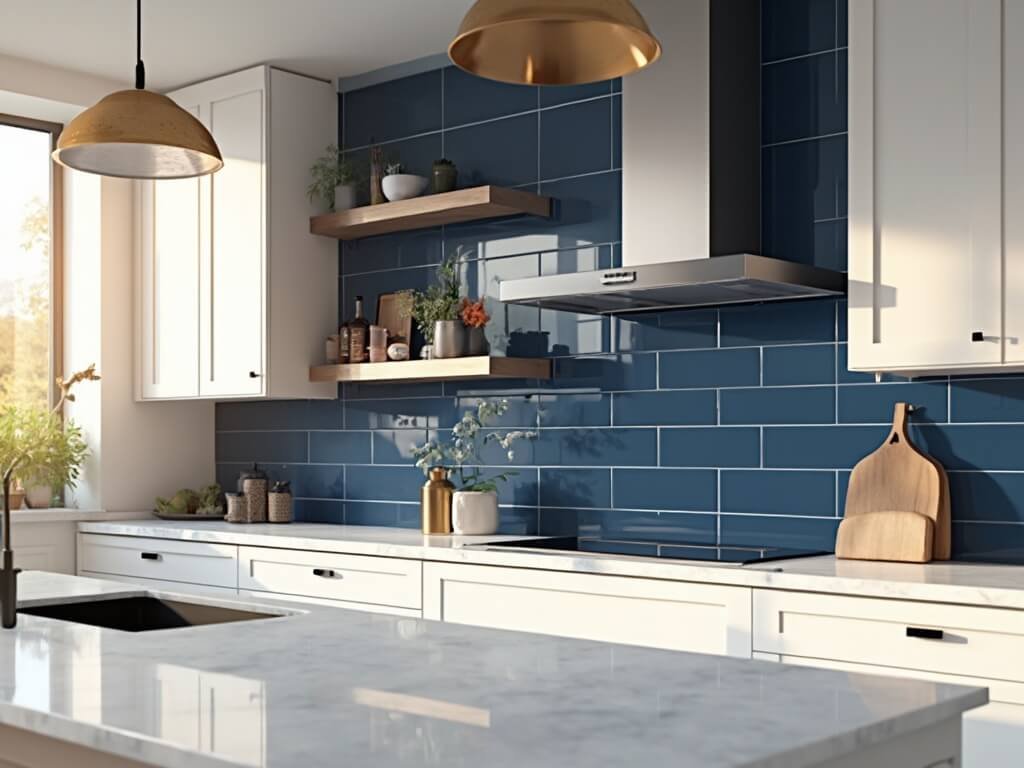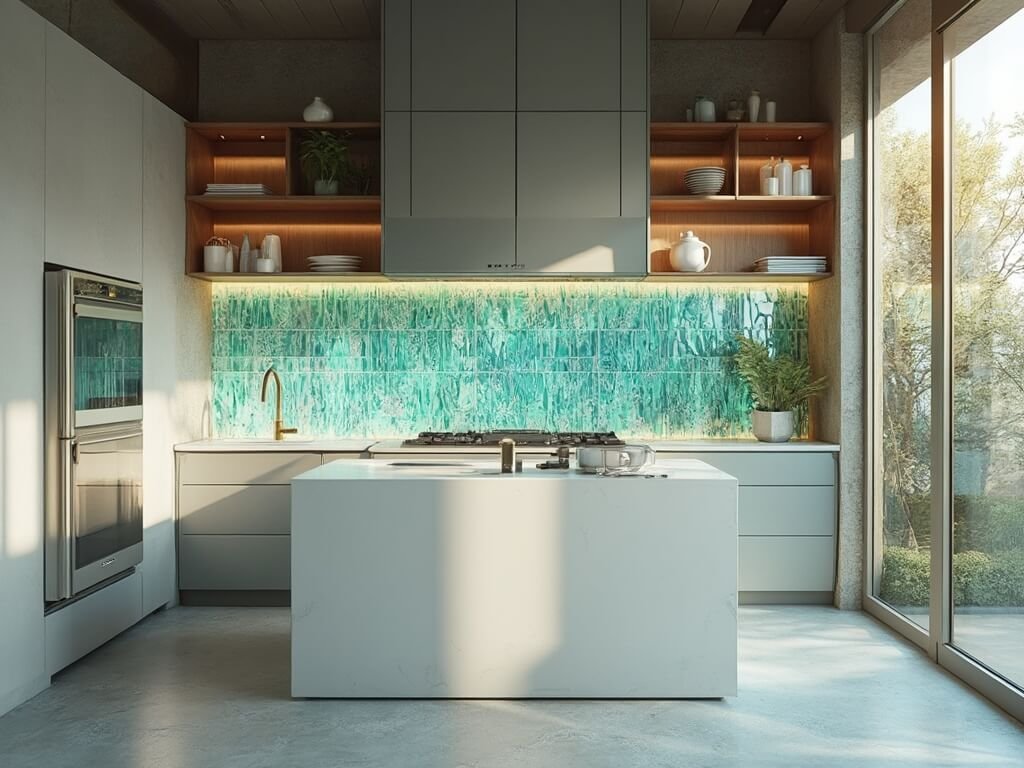The Perfect Wabi-Sabi Kitchen: Finding Beauty in Imperfection
I’ve spent years helping homeowners transform their kitchens, and there’s something magical about the Wabi-Sabi approach that never fails to create stunning results.
Let’s dive into how you can embrace this Japanese philosophy in your kitchen space.
The Soul of Materials
I always tell my clients that the heart of a Wabi-Sabi kitchen lies in its materials.
Think:
- Reclaimed wooden countertops with visible knots and grain
- Handmade ceramic tiles with subtle variations
- Rough-hewn stone backsplashes
- Raw copper fixtures that will naturally patina
Colors That Whisper, Not Shout
You won’t find bright whites or bold colors here. Instead, I recommend:
- Warm earthen browns
- Soft sage greens
- Muted grays
- Natural clay tones
The Beauty of Handcrafted Elements
Here’s where your kitchen really comes alive:
- Display collections of handmade pottery
- Install hand-forged cabinet pulls
- Use woven bamboo baskets for storage
- Incorporate locally crafted wooden utensils
Smart Minimalism That Works
I’ve learned that less truly is more:
- Keep countertops clear except for essential items
- Choose open shelving to display everyday pieces
- Opt for simple cabinet designs
- Hide appliances when possible
Lighting That Sets the Mood
The right lighting makes all the difference:
- Warm LED under-cabinet strips
- Simple pendant lights with natural materials
- Strategic task lighting at work zones
- Natural light whenever possible
The Art of Imperfection
This is where many of my clients initially struggle, but learn to love:
- Embrace the natural wear on wooden surfaces
- Celebrate slight variations in handmade tiles
- Allow metal fixtures to develop their own patina
- Welcome the occasional chip or crack in ceramics
Living Elements
Bring nature indoors:
- Potted herbs on windowsills
- Small indoor plants in ceramic vessels
- Fresh-cut branches in earthenware vases
- Natural fiber textiles for softness
Pro Tips I’ve Learned:
- Start small – begin with one element like open shelving
- Mix textures thoughtfully
- Focus on quality over quantity
- Let materials age naturally
- Choose items that tell a story
Remember, a Wabi-Sabi kitchen isn’t about perfection – it’s about creating a space that feels authentic, lived-in, and deeply connected to nature.
In my experience, these kitchens become more beautiful with time, wearing their history proudly and telling the story of your family’s life within their walls.
The key is to embrace imperfection while maintaining functionality – after all, this is still a working kitchen where memories are made and meals are shared.

